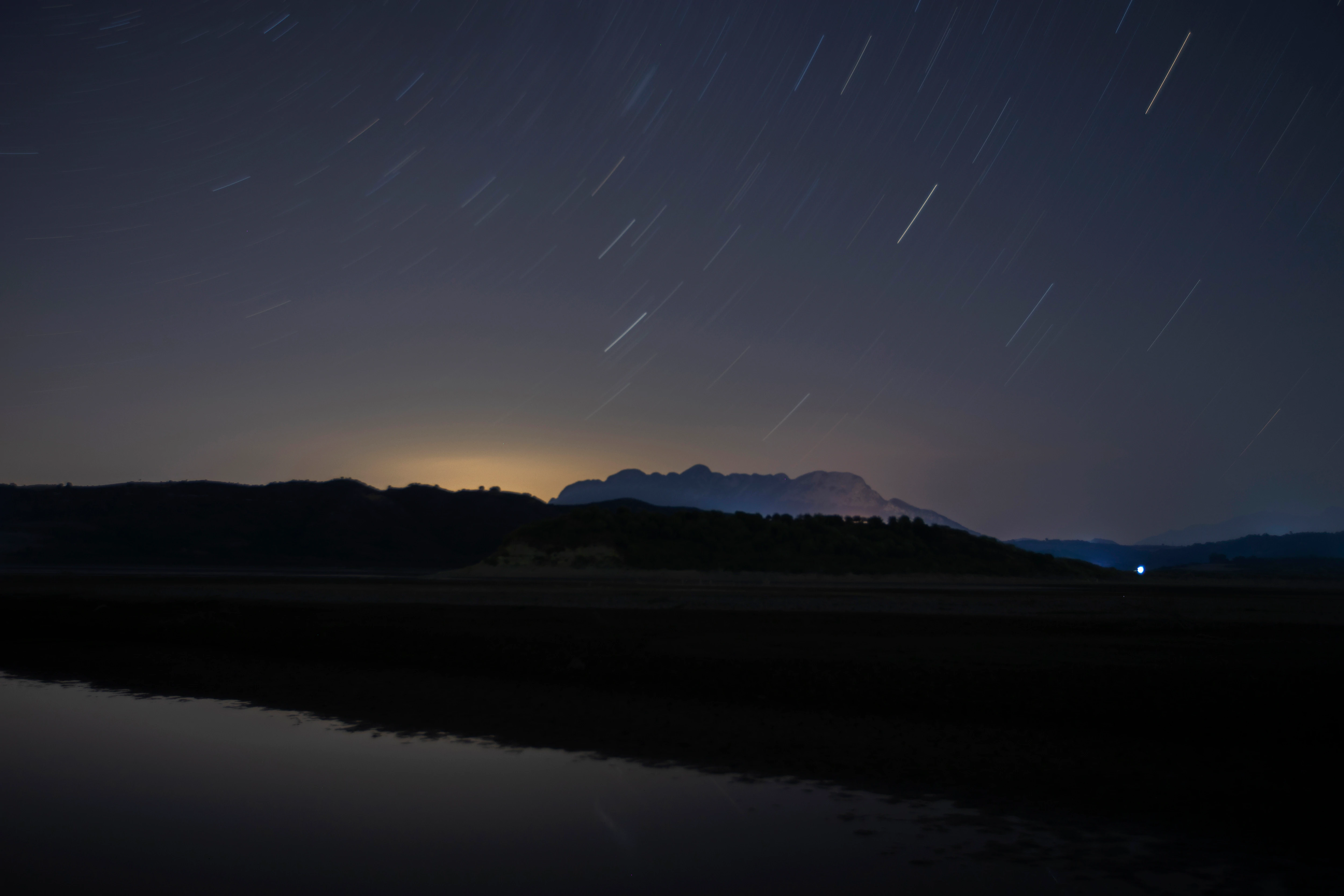WASHINGTON – Every December, the Geminids meteor shower can be seen around the world.
This year, though, a few conditions may make it extra special.
The U.S. space agency, NASA, is predicting stargazers across the globe will be able to see as many as 150 meteors per hour, or about two per minute, early Monday morning, the peak time for the Geminids this year.
The meteor showers also are occurring during a new moon phase, which means a moonless night, making it easier to see meteors as they pass through the sky.
Scientists first began tracking the Geminids in the 1800s. Since then, they say the rate of meteors seen per hour on Earth has increased.
“The Geminids are produced by a stream of debris from this asteroid that we run into every year at this time, and they’ve been slowly increasing in intensity,” Bill Cooke, head of NASA’s Meteoroid Environment Office, told VOA.
“Over time, the Geminid meteor shower has increased in intensity,” he said, adding that 50 years ago, “the Geminids were 15 or 16 meteors per hour.” Now, he said, the hourly rate has increased almost 10 times in recent years.
Geminid Meteor Shower Starts Thursday
Shower, which NASA calls the most intense of the year, will peak December 13-14 and last through the 16th
In addition to the spectacular show offered by the Geminids meteor shower, experts have noticed an increased interest in stargazing this year as the coronavirus pandemic has pushed more people outdoors.
“People are at home, and so they’re more conscious of things going on in the sky,” David Dundee, an astronomer at the Tellus Science Museum in Georgia, told VOA.
“And the nice thing about meteor showers is that you don’t need any special equipment. You don’t need a telescope or binoculars, you just need a clear dark sky away from city lights and something comfortable to sit or lie down on and look up,” Dundee said.
Scientists advise stargazers to lie flat on their backs somewhere without much tree cover or light pollution and allow about 45 minutes for their eyes to completely adjust to the dark.
A challenge for the modern stargazers will be to avoid looking at their cellphones, Cooke said.
“You don’t want to be looking at your cellphone screens, because that will ruin your night vision. So please don’t go out and view the Geminids and still text while you’re doing it, because that’ll greatly cut down the number of meteors you will see,” he said.
What people see when they watch a meteor shower, or see shooting stars, is actually a series of small explosions in the sky.
Quadrantid Meteor Shower Peaks Thursday Night
While the shower is as intense as the Perseid and Geminid showers, it only lasts a few hours
The Geminids, which is how they are known because they appear to emerge from the Gemini constellation, are pieces of an asteroid known as 3200 Phaethon. Every year in December, the Earth passes through the debris – ice and rock — from the asteroid, which, upon contacting the earth’s atmosphere, burn up and leave a streak across the sky.
For scientists, an exciting prospect from this natural phenomenon is the possibility, albeit slim, of access to material from space if a meteor were to fall to the ground as a meteorite.
“Think about that, if you can find that meteorite, you have a sample of this asteroid, 3200 Phaethon, without having to go there, without having to send the spacecraft there. It’s kind of like a sample return mission that comes to you,” NASA’s Cooke said.
Cooke warned, however, that the likelihood of finding a meteorite is very slim. More often than not, stargazers will think they have found one while in reality they are just looking at an average rock, he said.
“When you see a meteorite, a shooting star, when you see a shooting star in the sky, you think it’s landed over the next hill or just down the road. When in truth, it’s hundreds of miles away,” Cooke said, noting that the illusion leads people to think a strange rock near where they think they saw a shooting star may be a meteorite.
Despite the unlikely chance of finding a meteorite, the Geminid shower should be a beautiful sight, particularly after midnight in the first hours of Monday morning.
Dundee, who he fell in love with astronomy in his 10th-grade physics class, said, “One of my favorite quotes [is] from [a] 17th-century French astronomer named Camille Flammarion. … And he said, ‘Astronomy is useful because it’s beautiful.’”

Devoted web advocate. Bacon scholar. Internet lover. Passionate twitteraholic. Unable to type with boxing gloves on. Lifelong beer fanatic.





